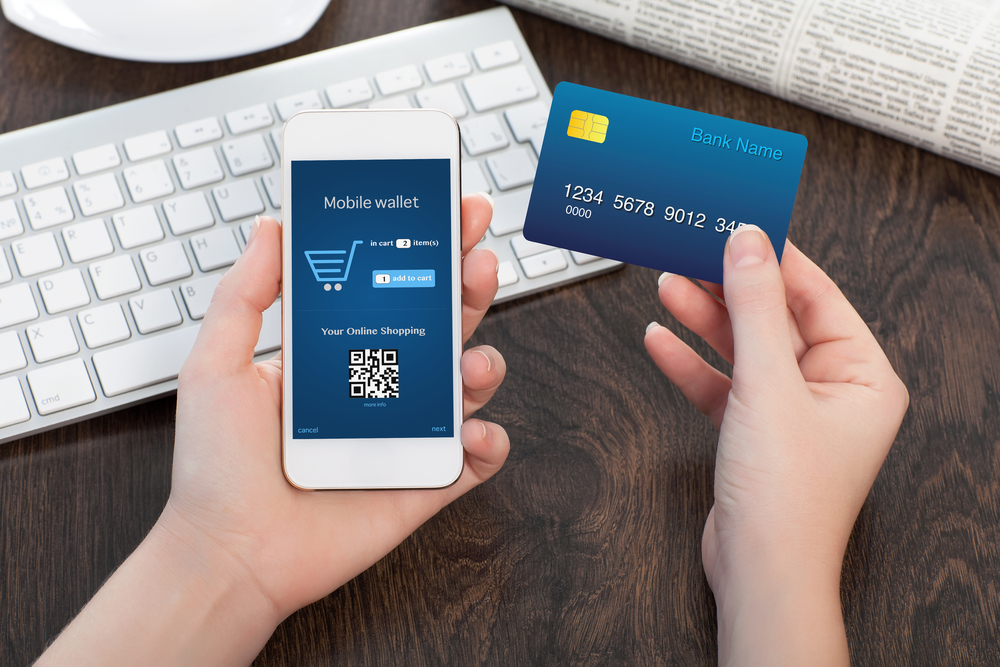There are patterns brands can follow to make sure they reach their ideal customers. For example: Mobile users are on the rise – particularly when it comes to ecommerce – and B2Cs know they need to engage smartphone users. According to a study by Internet Retailer, mobile ecommerce accounts for 21 percent of all online purchases. In total, it’s expected to represent $84 billion of the entire web retail industry this year.
Yet 21 percent is only about one-fifth of the total pie – so what gives? If customers are flocking to smartphones and tablets to browse the web, shouldn’t they be converting at a higher rate? As Brafton reported, one of the biggest stumbling blocks is user experience. It turns consumers complete the journey and make actual purchases on whatever devices offers the best UX, no matter how they enter the sales funnel.
Don’t lose track of leads and prospects
By the end of 2014, 51 percent of all email opens will be on mobile devices.
Brands know they run into trouble maintaining relationships with customers when they lose track of them online. So why not maintain connections by keeping them on a single device throughout the buyer’s journey? One way to do this is by creating a responsive site that allows consumers to interact with content seamlessly, no matter which device they use to view the site. But there are other tweaks that can be made to keep people on target:
-
Email: By the end of 2014, 51 percent of all email opens will be on mobile devices, according to research by Litmus. More importantly, email opens and clicks that eventually led to purchases have grown by 40 percent over the course of 2014, per a Yesmail email benchmark study. Brands that want to stay top-of-mind with leads and prospects should consider beginning the buyer’s journey in the inbox and moving forward from there.
-
Social media marketing: As Brafton reported, 62 percent of Millennials research products on Facebook before buying online, and social media marketing is one of the best ways to keep mobile browsers hooked. When people can interact with an official app, rather than navigating through organic search and non-responsive mobile sites, they’re more likely to stick around to interact with brands’ content.
Consumers’ browsing habits are evolving, but that doesn’t make your digital marketing strategy. It means you have to adapt and find ways to leverage the resources you’re already creating on the channels your audience uses most. Make a seamless purchase path for social users on smartphones as well as one for traditional desktop browsers to maximize opportunities on the table.




